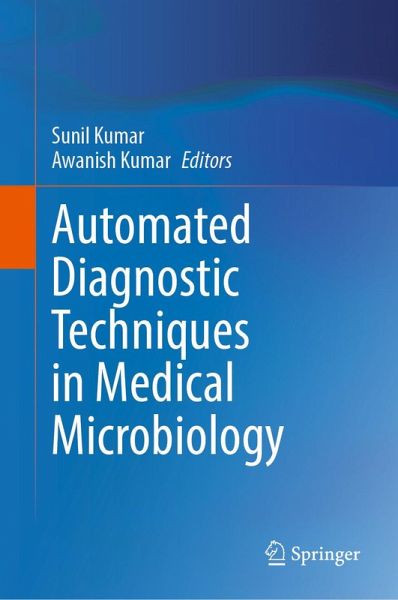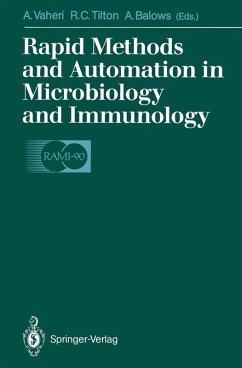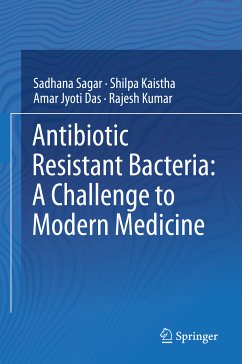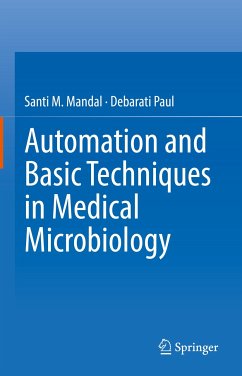
Automated Diagnostic Techniques in Medical Microbiology (eBook, PDF)
Versandkostenfrei!
Sofort per Download lieferbar
112,95 €
inkl. MwSt.
Weitere Ausgaben:

PAYBACK Punkte
56 °P sammeln!
This book will explore the knowledge of current diagnostic automation techniques applied in the field of clinical microbiology, tropical diseases, POCT, etc. There is no such type of book related to this topic. This book will help clinicians, microbiologists, and researchers to make diagnostic algorithms for infectious diseases and help them in early diagnosis. Automation in clinical microbiology has revolutionized routine practice in diagnostic cum research in medical microbiology. This book covers the recent updates and advances in diagnostic microbiology and provides new techniques related ...
This book will explore the knowledge of current diagnostic automation techniques applied in the field of clinical microbiology, tropical diseases, POCT, etc. There is no such type of book related to this topic. This book will help clinicians, microbiologists, and researchers to make diagnostic algorithms for infectious diseases and help them in early diagnosis. Automation in clinical microbiology has revolutionized routine practice in diagnostic cum research in medical microbiology. This book covers the recent updates and advances in diagnostic microbiology and provides new techniques related to Genomic, Proteomic, and metabolomics in microbiology. This book will intensely discuss the new and innovative automation techniques available for diagnosis in the microbiology laboratory. This book is more focused on automation techniques, which are used in the early detection of infectious diseases even caused by rare microorganisms. Furthermore, this book has complied with the chapters that provide insights to readers with comprehensive and usable knowledge on automation techniques in diagnostic microbiology.
Dieser Download kann aus rechtlichen Gründen nur mit Rechnungsadresse in A, B, BG, CY, CZ, D, DK, EW, E, FIN, F, GR, HR, H, IRL, I, LT, L, LR, M, NL, PL, P, R, S, SLO, SK ausgeliefert werden.












